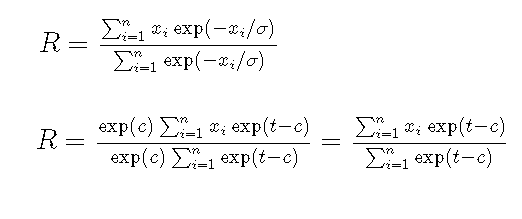
Many common probability distributions contain terms that increase or decrease quickly, such as the exponential function and factorials. The numerical evaluation of these quantities can result in numerical overflow (or underflow). This is why we often work on the logarithmic scale: on the log-scale, the numerical computations for equations such








































